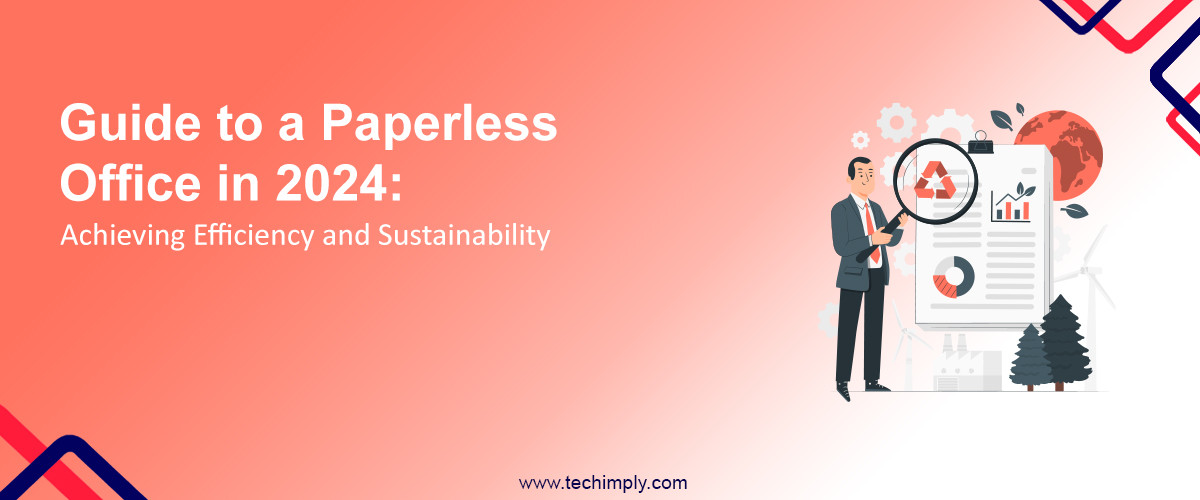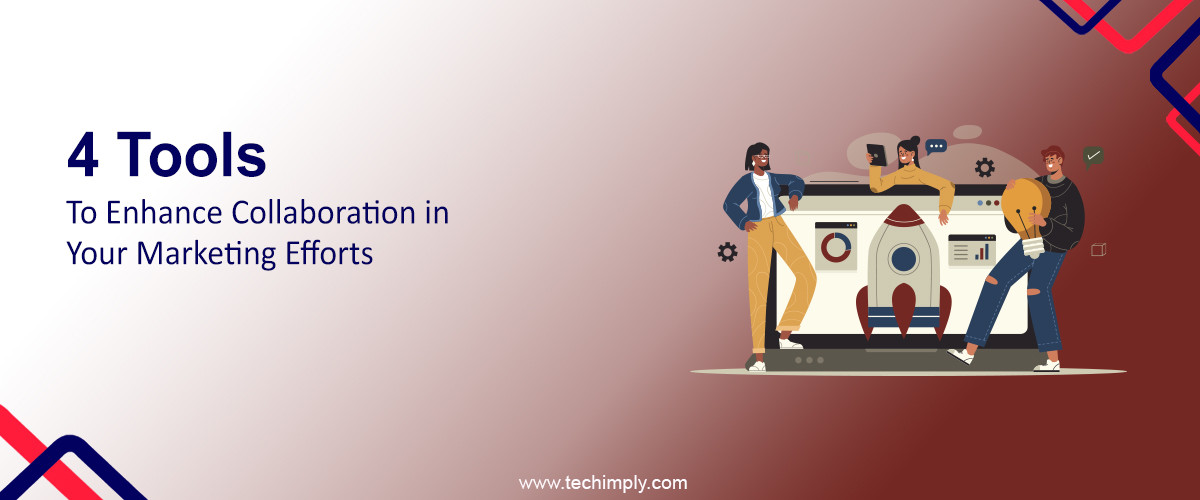In a time when information travels at the speed of light, holding on to paper-based systems can slow operations and increase costs. Your office can transform its workflows, security, and accessibility by reducing physical document reliance.
Embracing a paperless office is no longer just an environmental stance—it's a pragmatic approach to modern business efficiency.
A systematic shift towards digital documents and processes not only streamlines work but also supports remote access, a necessity in today's increasingly agile work environments.
Transitioning to a paperless environment involves careful planning and the adoption of the right technologies. Document management systems play a crucial role in this changeover, handling the scanning, storage, and retrieval of digital files with ease.
As you move towards a paperless office, you also pave the way for advanced collaboration tools and methods, ultimately enhancing your organization's productivity and data security measures.
Establishing the Paperless Foundation
To transition to a paperless office successfully, you need a solid foundation. This involves scrutinizing your present methods, selecting technologies that align with your objectives, and strategizing the transition meticulously.
-
Assessing Current Practices
Before embracing a paperless environment, you should conduct an in-depth evaluation of your current paper use.
Identify which processes are paper-based—such as printing, filing, and archiving—and pinpoint areas for digital transformation. This step is pivotal to enhancing your office's efficiency and productivity.
-
Choosing the Right Tools
The tools you adopt are the lifeblood of a paperless office. Leverage the right software to handle digital documents, keeping an eye on features that support your workflow.
For instance, document management software are critical, and scanning solutions should integrate easily with these platforms. Invest in a reliable document scanner that can handle various paper sizes and types efficiently.
-
Planning for Paperless Transition
Strategize the shift to digital meticulously. Convert existing paper documents to digital formats and establish new protocols for document handling. Plan out phases where the transition occurs step by step, minimizing disruption to your regular activities. Emphasize the ongoing support and training needed to ensure everyone is proficient with the new tools and technology.
Implementation of Paperless Systems
Transitioning to a paperless office requires a structured approach emphasizing the digitization of physical documents, streamlined automated processes, and the use of cloud technology for digital storage and access.
-
Digitization of Documents
You'll need to convert existing paper documents into electronic formats. This process, known as digitization, involves scanning physical files and employing optical character recognition (OCR) to make them searchable and editable.
Securely manage your electronic documents by utilizing tools to ensure easy retrieval and compliance with privacy standards.
-
Automation of Processes
Automation streamlines your office's workflow by reducing manual tasks.
For instance, instead of physically routing documents for approval, you can set up digital workflows that automatically send electronic documents to the appropriate parties for e-signatures. Automated reminders and tracking can further enhance efficiency and accountability.
-
Cloud Computing and Storage
Cloud computing offers flexible, scalable, and secure digital storage solutions. By embracing cloud storage, you benefit from remote access to files and a reduction in the local storage hardware needed.
A transition to the cloud supports real-time collaboration and updates to documents, amplifying your office's productivity and resilience.
Optimizing Paperless Operations
To enhance efficiency and compliance, it's vital to focus on robust document management, secure data handling, and comprehensive user training.
-
Document Management Software
Your choice of document management software (DMS) is fundamental to a paperless office. It's where you'll organize, store, and manage PDF files with ease.
A good system will offer functionalities to merge PDF files, streamline workflows, and improve collaboration. When selecting a platform, ensure it integrates well with your current tools and supports a variety of document types.
-
Security and Compliance
Data security should be a top priority when operating paperlessly. Implement encryption methods to protect sensitive information and establish access control measures to prevent unauthorized viewing or editing. Adherence to compliance standards is crucial, and a paperless system must comply with industry regulations to avoid legal and financial repercussions.
-
Training and Support
To fully leverage your paperless setup, provide training programs for your team. This ensures that everyone is proficient in using the document management systems and understands the protocols for maintaining data security.
Continuous support helps address any issues swiftly, preventing operational hiccups related to system navigation or features.
Benefits and Ongoing Improvement
Embracing a paperless office not only bolsters your reputation as an eco-friendly and forward-thinking establishment but also sets the stage for substantial cost savings and continuous operational enhancements.
Your move towards paperless processes signifies a commitment to environmental stewardship and financial acumen.
-
Evaluating Environmental Impact
By transitioning to a paperless office, you significantly reduce your consumption of paper, directly decreasing your environmental footprint. This shift not only conserves trees but also reduces waste and the energy used in paper production and recycling.
As part of your ongoing improvements, monitor your reduced paper usage to evaluate the impact on your sustainability goals. Tools and metrics can help quantify the positive outcomes, like the number of trees saved or the reduction in CO2 emissions, solidifying your environmentally friendly initiatives.
-
Cost Analysis and Savings
Shifting away from paper reduces expenses associated with printing, storage, and document management. For example, you may save money on:
-
Ink and toner expenses
-
Printer and copier maintenance
-
Physical storage facilities and filing systems
-
Postal and delivery costs for physical documents
A detailed analysis of your spending before and after going paperless will reveal the financial benefits. For instance, digital files typically do not require expensive physical storage, further contributing to cost efficiency.
-
Continuous Process Enhancement
A paperless environment fosters continuous improvement in your office workflow. It invites the adoption of automated systems, which, in turn, increases productivity by streamlining document management and accessibility.
Maintain a feedback loop for your paperless policies and practices. By encouraging employee participation in identifying bottlenecks and enhancing the paperless experience, you can ensure that your business operations remain efficient and environmentally friendly.
Continually refine your strategies to stay ahead of technological advancements and further reduce your environmental impact.
Conclusion
Embracing a paperless office may seem daunting, but the benefits are clear. By moving to digital document management, your business can experience improved efficiency, enhanced security, and significantly reduced paper-related costs.
To ensure success, think strategically about the deployment of your paperless solution. It's recommended not to rush the transition - rather, phase it in with careful planning and by securing staff buy-in. This participatory approach will ease the adoption process and help mitigate any resistance to change.
Your commitment to a digital future won't just modernize your operations—it'll also position you as an environmentally responsible entity in today's digital-centric world.






